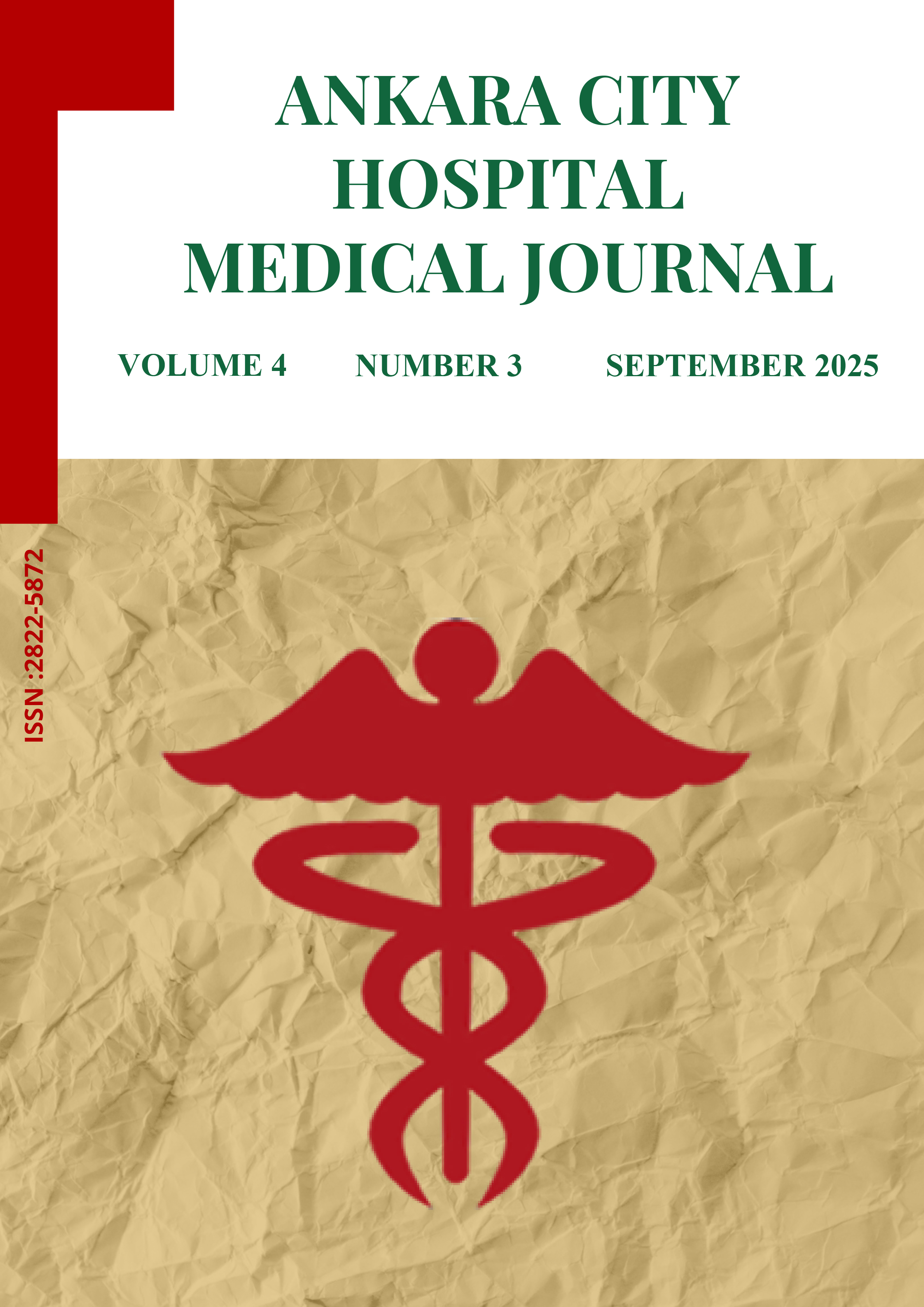
Re-Irradiation in the Treatment of Pediatric Central Nervous System Tumor Recurrence: A Single-Center Results
Feyza Yaşar Daşgın1, Gonca Altınışık İnan1, İpek Pınar Aral2, Süheyla Aytac Arslan2, Yilmaz Tezcan21Ankara Şehir Hastanesi, Radyasyon Onkolojisi Kliniği2Ankara Yıldırım Beyazıt Üniversitesi, Radyasyon Onkolojisi Kliniği
Aim: Radiotherapy is one of the main treatment modalities in childhood cancers,but it is a treatment method that is generally cautious due to its side effects.Central nervous system re-irradiation is the treatment choice that should be applied by considering the benefit-harm balance due to its side effects, especially radionecrosis.In this study, we aimed to report the results of the cases who underwent childhood CNS reirradiation,which is very disadvantageous in terms of toxicity.
Material and Methods: In this study,the data of patients with primary central nervous system neoplasm who received the repeat courses of RT in our department were retrospectively analyzed.Second-course RT is called reirradiation and is defined as prescribing radiotherapy to the field which overlaps with the first radiotherapy area.Data were obtained from patient files and planning system.
Results: Six patients were included in this study.The primary diagnosis of 50% (n=3) of the patients is medulloblastoma.In the first treatment, craniospinal RT was applied to three patients. The median time between diagnosis and recurrence was 19.5(range 11-101) months.The median time between primary and secondary RT was 22(range 7-102) months.The BED3 equivalent of the dose received by the brain stem(BS) due to the first radiotherapy is a median 90(range 80.6-99.2) Gy.The primary RT BS EQD2 dose was median 52.2 (range 50-57)Gy. The median total dose of re-RT is 36 (range 20-50.4)Gy. The median BED3-BS for re-RT is 48.4 (range 11.5 -90) Gy. The median EQD2 brainstem for re-RT is 29 (range 7.2-54) Gy. During the follow-up period, 3 patients died. Three patients are alive at their 7, 12, and 27-month follow-ups and have no health problems related to the primary diagnosis.
Conclusion: Radio necrosis was not detected in any of the living cases in our study. Further studies are needed to select the appropriate patient and radiotherapy technique for reirradiation in pediatric CNS cases.
Manuscript Language: English
(519 downloaded)









